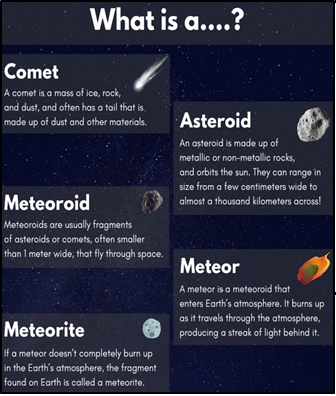PERSEID METEOR SHOWER PEAKS WITH SPECTACULAR NIGHT DISPLAYS
Why in the news?
The annual Perseid meteor shower is reaching its peak, offering optimal viewing conditions from August 11-13, especially visible in the northern hemisphere during the early morning hours.
source:researchgate
About the Event Description:
- The Perseid meteor shower began in July and will continue until late August, with peak visibility occurring between August 11 and 13.
- The meteor shower can be observed with the naked eye, especially in the northern hemisphere, between midnight and dawn.
- Visibility may be affected by local weather conditions.
Origin and Cause:
- The Perseid meteors are remnants of the comet Swift-Tuttle, which follows an elliptical orbit around the Sun, completing one revolution every 133 years.
- As Earth passes through the debris left by Swift-Tuttle, its gravity pulls the particles towards the planet, creating the meteor shower.
- Scientists in the 1990s initially feared that Swift-Tuttle could collide with Earth or the Moon around the year 2126 due to its 26 km-wide size, but later calculations confirmed that Earth is safe from impact for at least another 2,000 years.
Observation and Safety:
- The Perseid meteor shower poses no threat to Earth, as most meteors burn up in the atmosphere.
- Some meteors may produce small fireballs if they take a tangential path through the atmosphere.
- During peak activity, the Perseid shower can produce over 60 meteors per hour, offering a spectacular display for observers.
| About Perseid Meteor Shower:
Origin and Name:
Characteristics:
Special Features:
Key Facts About Meteor Showers: What is a Meteor?
Meteor Shower:
|




